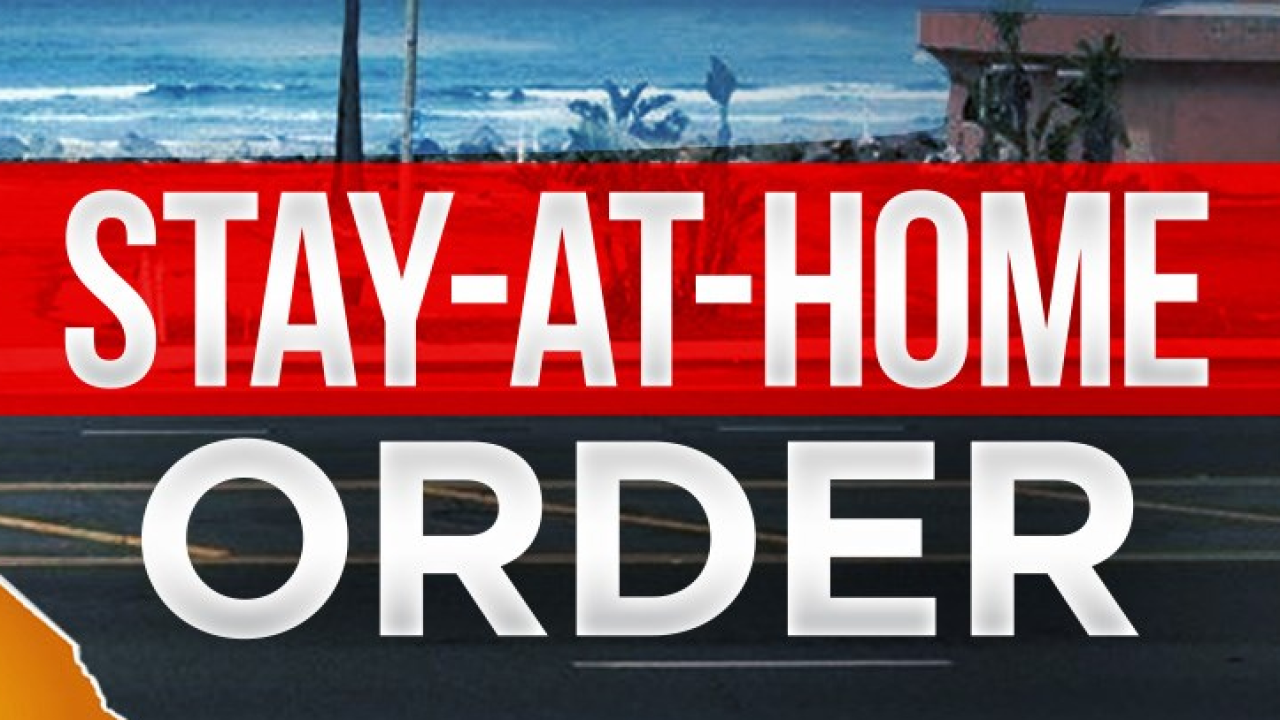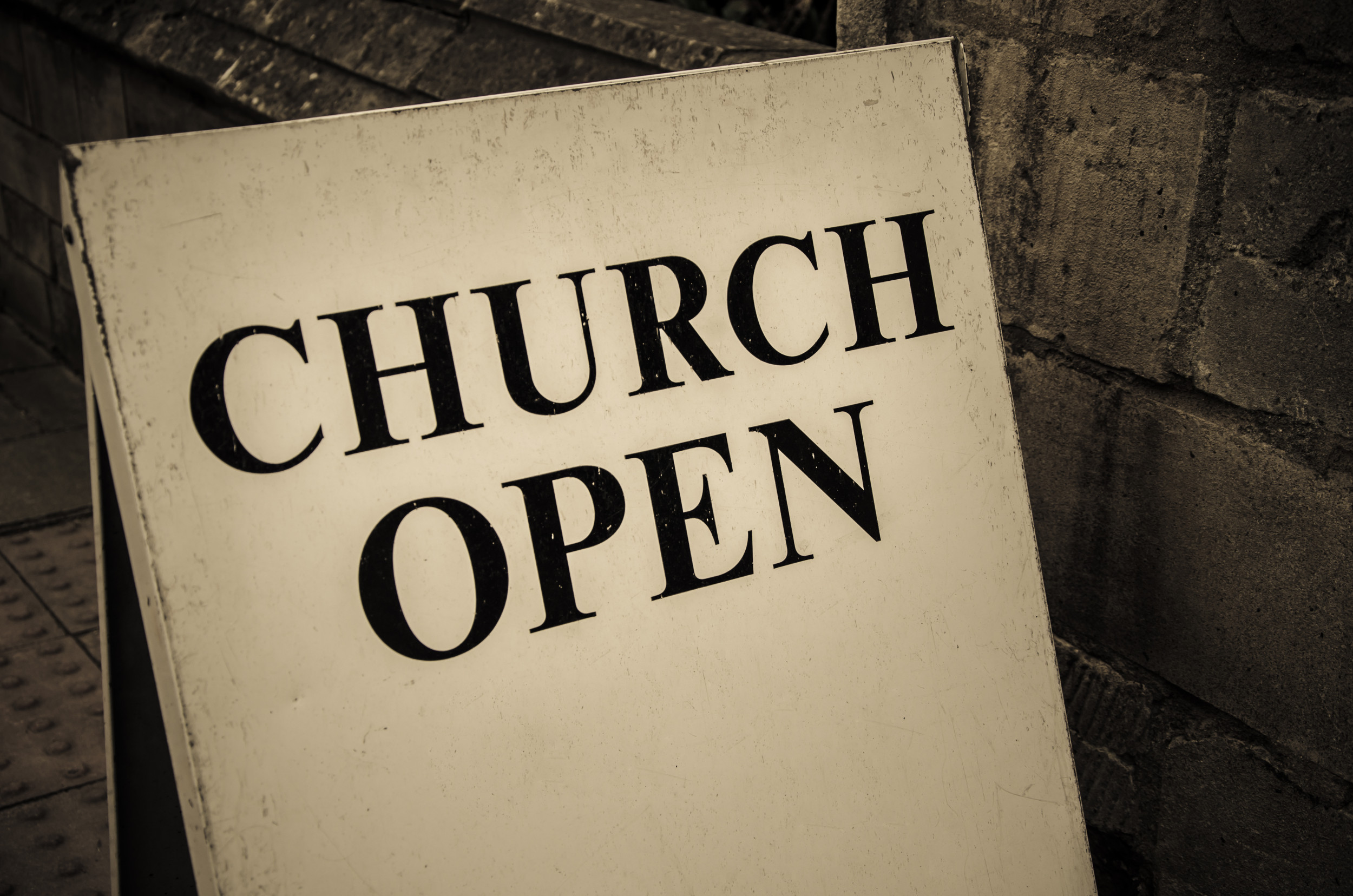Table of Content
That day, and that public gatherings in congregate spaces with more than 500 people were prohibited beginning 5 p.m. The legal capacity of any venue with a capacity of 500 people or fewer was also reduced by half to discourage large gatherings. The following day, the Governor called for private testing due to demand outpacing the ability to test.
On June 8, 2020, regular subway and bus service resumed with Phase 1 of the city's reopening, though the overnight subway closure remained in place. Although officials stated that only one percent of subway ridership occurred at night, there were complaints that essential workers were being unnecessarily inconvenienced. Internal MTA sources stated that it was theoretically possible for the MTA to clean the system without closing it. An app feature was added to the MYmta app in July 2020 to give riders real time information about the number of riders on buses. On June 8, the city commenced the first phase of its reopening plan after meeting seven conditions of the stay-at-home order, which had been put in place three months earlier. On June 24, New York state, along with New Jersey and Connecticut, began requiring travelers to self-quarantine for 14 days if traveling from an area with high infection rates.
Social distancing and face masks
The Governor called on the Centers for Disease Control and Prevention to approve private testing and also approve automated testing. A number of schools and school districts announced closings or schedule modifications by March 8 due to the virus. On December 31, 2019, China reported a cluster of pneumonia cases in its city of Wuhan. On January 7, 2020, the Chinese health authorities confirmed that this cluster was caused by a novel infectious coronavirus. On January 8, the Centers for Disease Control and Prevention issued an official health advisory via its Health Alert Network and established an Incident Management Structure to coordinate domestic and international public health actions. On January 10 and 11, the World Health Organization warned about a strong possibility of human-to-human transmission and urged precautions.

On May 14, Cuomo issued an executive order to extend the PAUSE order through May 28 for New York City and other regions that have not yet met the state's requirements to begin Phase 1 of reopening. This same day, the state of emergency for the entire state was extended to June 13. Cuomo had in the interim ordered some symbolic gestures of remembrance and support.
Researchers may have cracked why some people have long-term smell loss from COVID-19
On September 1, Mayor de Blasio and teacher unions reached an agreement to start remote and in-person classes on September 21, ten days later than originally scheduled. The new plan placed tighter restrictions in cluster areas with spikes in COVID-19 cases. Refrigerator trucks were set up on city streets outside hospitals to accommodate the overflow of bodies of the deceased. Those allowed to return to work during phase one include manufacturers, construction workers and retailers prepared to do curbside or quick in-store pick ups, according to de Blasio and Cuomo. New York City also has its own set of reopening metrics which de Blasio said Friday are showing signs of progress. While the order extends the "PAUSE" until June 27, it allows New York City to reopen earlier if it meets New York State's coronavirus benchmarks, which Mayor Bill de Blasio estimates will occur within the first two weeks of June.

Only professionals in industries also deemed essential during the outbreak will be permitted to go back and forth from their jobs. Residents working in healthcare, sanitation, food services, law enforcement as well as gas stations and laundromats won’t see specific limitations on their movement. Although residents are still allowed to enjoy the outdoors, the governor reminded them to use common sense in maintaining social distance. New York Gov. Andrew Cuomo issued an executive order on March 22 urging all New Yorkers to work from home unless they are an essential worker as an effort to stop the spread of coronavirus. The "New York State on PAUSE" order limits outdoor activity to the essentials, like grocery shopping and getting medication, and requires New Yorkers to cancel all non-essential gatherings and stay at least six feet away from others when out in public.
COVID-19 deaths over time
Nursing homes have had high fatality rates, accounting for at least 2,056 deaths in the city as of April 20, 2020. New York State Health Commissioner Howard Zucker stated that the policy was for nursing home residents who tested positive to be returned from hospitals back to their nursing homes. Many residents expressed reluctance to go back on the city's transit system, citing crime rates.

De Blasio said Tuesday that New Yorkers “should be prepared right now for the possibility of a shelter-in-place order” within 48 hours. Cuomo announced that the mandate applies to all individuals and business in the state. But it’s important to note the measure stops short of being a so-called shelter-in-place order, which is intended for mass shootings. As part of your account, you’ll receive occasional updates and offers from New York, which you can opt out of anytime. Mayor Bill de Blasio said Sunday that a task force would meet this week specifically to look at how New York City will restart its economy.
Russia also has one of the world's fastest rates of new infections in the coronavirus pandemic, second only to the U.S. However, the country's death toll from the disease remains relatively low with just 93 new fatalities reported over the past 24 hours, bringing the nationwide total to 2,305, according to the coronavirus response headquarters. This order was revoked on May 10 after widespread criticism from medical experts. Over 6,000 New York state nursing home residents have died of COVID as of June 2020. Governor Andrew Cuomo later claimed that his government only followed CDC and CMS guidelines from March 13 offering this "edited" quote "Nursing homes should admit any individuals from hospitals where Covid is present."

He also said that workplaces would have to develop new practices to implement social distancing rules. "As soon as a region meets the prescribed public health and safety metrics, as determined by the Department of Health" the order reads, "They will be eligible for Phase One reopening." The governor says five regions - Central New York, North Country, Finger Lakes, Southern Tier and Mohawk Valley - can begin Phase One of reopening Friday. Cuomo, however, said there will be no civil fines on individuals at this time for people who violate the policy. He also announced that he’s going to issue a moratorium on evictions, both residential and commercial, for 90 days. "None of the Covid-19 test kits recovered had been tested to meet United States safety standards and could pose a risk to anyone using them," the Los Angeles Police Department said in a statement late Wednesday.
The original micro-cluster strategy introduced on October 6, 2020, applied additional restrictions until various lawsuits lifted them. Court rulings ended the harshest restrictions for places of worship on November 26, for schools on December 1, for gyms and salons on December 11, and for restaurants and bars on January 13, 2021. On July 7, 2021, the city held a "Hometown Heroes" ticker tape parade to honor healthcare professionals and essential workers for their work during the pandemic. The Uniformed EMS Officers Union also asked its members not to attend the parade due to an ongoing dispute with the city over a lack of hazard pay during the pandemic.

Authorities have already said swimming pools will remain closed and insist it is even too early to say whether schools will be allowed to open in September for the new academic year. For the vast majority of all New York state residents, a stay-at-home order that had been set to expire Friday will now remain in place until June 13, unless individual regions can meet specific criteria. Kansas Gov. Laura Kelly answers questions about the state's response to the coronavirus pandemic during a news conference, Wednesday, April 15, 2020, at the Statehouse in Topeka, Kan. All non-essential businesses have been ordered closed, however, after state officials increasingly demanded staff reductions. Previously capped at groups of 50, non-essential gatherings of New Yorkers of any size, for any reason, are now banned. Although New Yorkers are strongly encouraged to stay indoors and public gatherings are limited, they can still go to the grocery store, hospital or doctor’s office, walk their dogs or even head to the laundromat.
On April 29, de Blasio announced that New York City would fully reopen on July 1. By June, the city's overall testing positivity rate had reached its lowest since the pandemic began. Cuomo reopened the entirety of New York state on June 15, two weeks ahead of Mayor Bill de Blasio's planned July 1 reopening. On March 20, the New York State governor's office issued an executive order closing "non-essential" businesses.
"Residents are reminded that Los Angeles is offering free coronavirus testing to all residents." Russia reported 9,974 new cases of COVID-19 on Thursday, the first time in 12 days that the country's daily tally was under 10,000. "How do you hit that sweet spot where you have the right social distancing and protections, the right capacity ... and the right atmosphere," the mayor said. Of those 100 young people, 55 tested positive for the coronavirus or antibodies.



No comments:
Post a Comment